Keep Curious
Welcome to our Keep Curious webpage, our plan is to keep you entertained over the coming weeks with fun activities and resources inspired by our collections.
LGBT+ History
Horrible Handwriting
Spot the Difference
Record Office Jigsaws
Criss Cross Puzzle
A Family History Detective Adventure
Colouring Pages for all Ages!
LGBT+ History
Learn more about the Hidden Histories of the LGBT+ community through our LGBT+ heritage story and oral histories.
Horrible Handwriting
Our new ‘Horrible Handwriting’ palaeography tutorial is now available online. Try your hand at reading some historic handwriting in our 16th and 17th century documents, it’s a great brain teaser! There are plenty of tips and tricks to help you out, and your new palaeography skills might come in handy for your future research.

Spot the Difference
Can you spot the 10 differences between these two cartouches? You might need to zoom in a bit, some are more difficult to find than others!
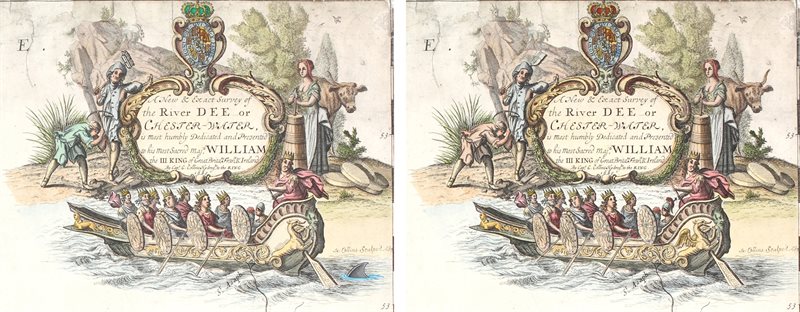
Cheshire Archives Spot the Difference (JPG, 4MB)
Record Office Jigsaws
Head over to our jigsaw page to complete archives related jigsaws. Keep checking back for new pictures.
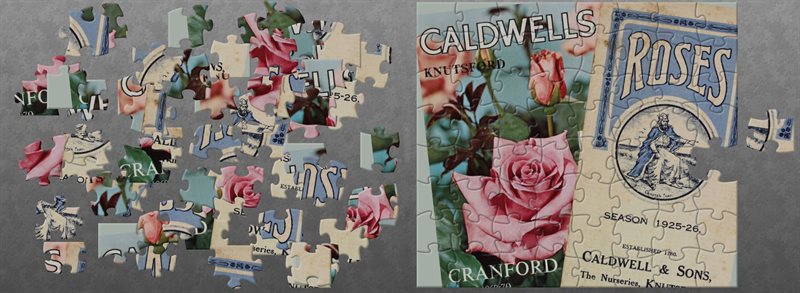
Criss Cross Puzzle
Can you fill in the gaps below with the words relating to archives?
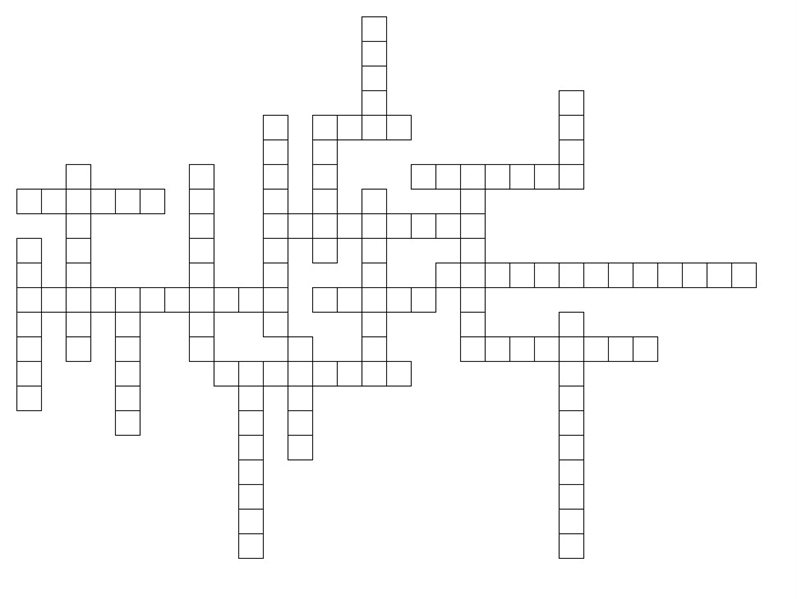
CHESHIRE
ARCHIVES
HISTORIC
WORKHOUSE
PARISH
HOSPITALS
SCHOOLS
PAMPHLET
MAPS
PHOTOGRAPH
IMAGES
TITHE
RAILWAYS
BUILDING
MILITARY
PAST
ESTATE
NONCONFORMIST
WILLS
PLANS
RECORDS
COLLECTIONS
Cheshire Archives Criss Cross Puzzle (PDF, 83KB).
A Family History Detective Adventure!
You're on the case! With the help of Cheshire Archives HQ you can trace your family back to VE Day in 1945. Please follow these steps to collect the clues, gather the evidence and solve the family history mystery. You will find out more about your parents, your grandparents or another older person in your life as you go.
Step 1 Start with what you know! A fact file all about you (PDF, 184KB). When and where were you born, what are your parents' and grandparents' names and birthdays?
Step 2 Interview room (PDF, 227KB). The best way to find out about your family history is to ask questions.
Why not try interviewing one of your relatives to find out what memories they have of your family from before you were born? You could do this by text, email or over the phone or by video call. Your oldest relatives will probably have the most family stories to tell.
It is important to be well prepared before you start your detective work. Firstly you will need to plan your questions. These questions will help your relatives to remember important details that will provide excellent clues for your investigation.
You need to know ... their name, date of birth, place of birth, their parents' names, their grandparents' names and then choose three extra questions. Some ideas to get you started (PDF, 155KB) and space for some more questions (PDF, 182KB).
- What was your childhood home like?
- What jobs did your parents have?
- Who was your favourite teacher at school?
- Who were your best friends at school?
- Who is the oldest relative that you remember meeting? What do you remember about him/her?
- What is a memorable date for you?
- What was your first job?
Remember to listen carefully and take lots of notes!
Step 3 Evidence log (PDF, 140KB).
Your relatives might be able to show you some records to help you with your research, such as old photographs, family recipe books, school reports, certificates, diaries or letters. Ask if you can note the details or keep a copy.
Or you might be able to check for facts about your ancestors in national records online. We have help with how to do this on our blog.
Step 4 Chart your family tree (PDF, 384KB).
You can use the information you have collected to draw your family tree. Your family tree starts with you at the bottom. Your parents are on the next branches above, and then your parents' parents (your grandparents).
The more people that you add, the more it starts to look like a tree. You may even be able to discover the names of your great grandparents, or your great great grandparents!
Have you completed a tree with an ancestor born before 1945? Well done! You cracked the case.
Want to take your research further or need some help? Ask us at Cheshire Archives HQ!
Family History Detective Adventure All Pages (PDF, 1.6MB)
Colouring pages for all ages!
These colouring sheets are straight from the pages of 'The Herball or Generall Historie of Plantes' by John Gerard who was born in Nantwich in 1545. His was the botany book in the 17th century – he was the first to describe the potato in English! These striking images, printed over 400 years ago using high quality woodblocks rented from Frankfurt, celebrate the beauty and intricacy of nature - ideal colouring pages for all ages!
Please download, print and enjoy! All John Gerard botany colouring pages (PDF, 5.3MB)
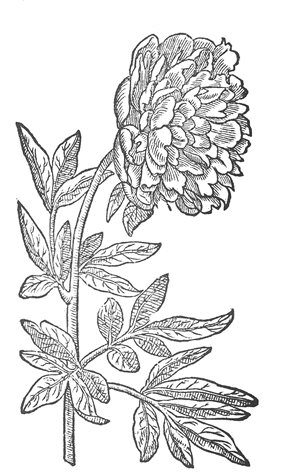 Double Red Peony to colour (PDF, 1.4MB)
Double Red Peony to colour (PDF, 1.4MB)
Double Red Peony to colour (JPG, 1.4MB)
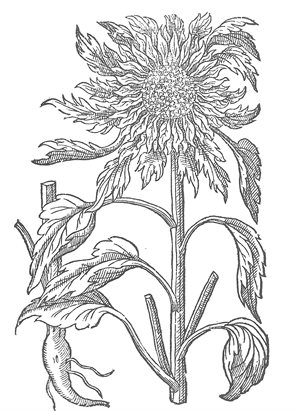 Lesser Sunflower to colour (PDF, 887KB)
Lesser Sunflower to colour (PDF, 887KB)
Lesser Sunflower to colour (JPG, 836KB)
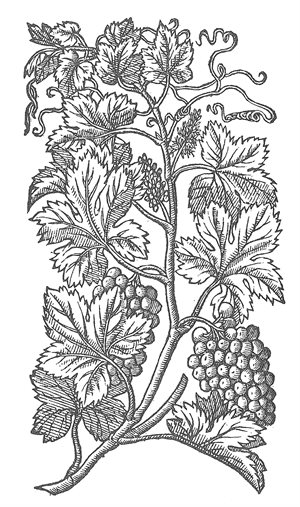 Vine to colour (PDF, 1MB)
Vine to colour (PDF, 1MB)
Vine to colour (JPG, 1.6MB)
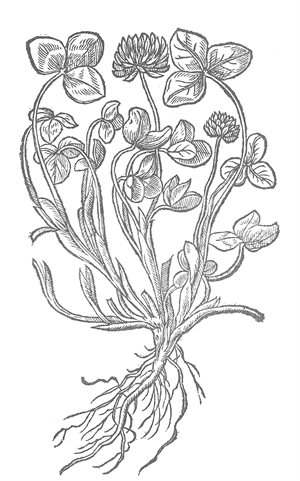
Meadow Trefoil to colour (PDF, 1.2MB)
Meadow Trefoil to colour (JPG, 1.1MB)
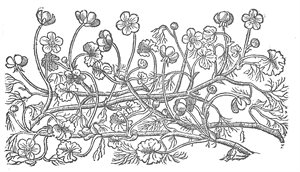
Water Crowfoot to colour (PDF, 878KB)
Water Crowfoot to colour (JPG, 828KB)